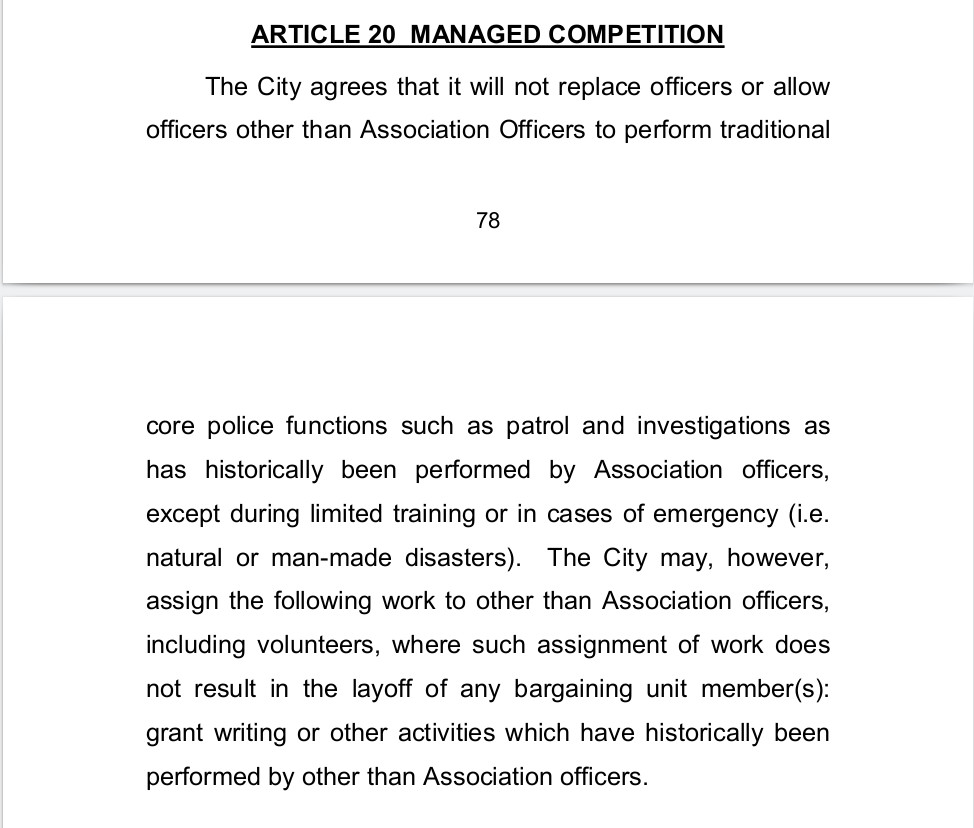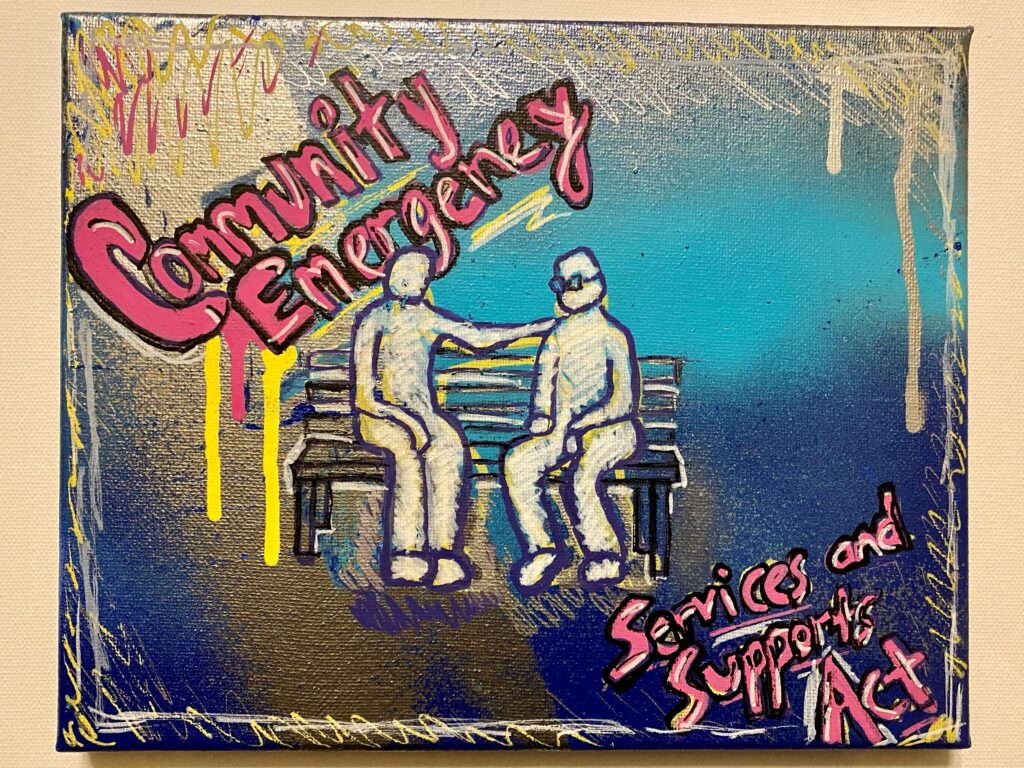This clause in the Bloomington Police Department union contract is causing concern.

According to interim-Chief Gregg Scott & City Manager Tim Gleason, nothing in the contract would prevent a co-responder model. This means crisis teams would be the first responders on the scene along with police officers. But, we don’t want co-responder models. We want these crisis teams responding without police presence, because the mere presence of a police officer is itself an escalation of any situation.

Interim-Chief Scott says he would not feel comfortable sending non-police crisis response teams to people with suicidal ideations. Here, the Interim-Chief is relying on a very pernicious belief that those with mental health issues are dangerous individuals who can present an imminent threat to the public at large. Studies will tell us that the overwhelming majority of mentally ill people are NOT a threat to others. Actually, they are far more likely to be the victims of violence or to be a threat only to themselves, than they are to be a threat to others.
We want the norm to be that individuals experiencing a mental health crisis are not considered a threat to public safety. By having crisis teams be the first responders on the scene (without police), they can determine whether an individual is only a threat to their own health (i.e., we treat this as a health care issue); or, if they do in fact present a larger threat to public safety. If it is the latter situation, then the crisis team can request police assistance to help resolve the conflict. But, treating these mental health crisis as instances requiring health care and/or social welfare is the norm we want to see in society.
Assistant Chief Wamsley, Interim-Chief Scott, and City Manager Gleason all made very clear in the way they framed the conversation that a non-co-responder model could very likely be a violation of Article 20 of the union contract. The PBPA’s membership mainly lives outside the city limits, doesn’t pay property taxes, and can’t even vote for the elected officials their bargaining with. If PBPA did file an Article 20 grievance against the City of Bloomington for implementing crisis teams without initial assistance from police, they would be sending the message that they–and not the tax paying residents of Bloomington–should be in charge of how the City spends and prioritizes its resources; and they should be in charge of how the community chooses to democratically address its own social problems.
There are better models. Learn more about CESSA, The Community Emergency Services & Support Act.

CESSA would create an alternative response to the police for most nonviolent, noncriminal calls for service. CESSA stresses that just because an individual is only a threat to themselves this does NOT constitute a threat to public safety. Finally, CESSA is designed so that incarceration, institutionalization, or in anyway restricting a person’s freedom is the last resort in resolving a situation. CESSA is a non-co-responder model. Crisis teams under CESSA would be the first responders on the scene and have authority over the situation to best determine the needs of the individual in crisis, and to be able to determine based on their own experience how best to provide help and not harm.
This article was originally published on Strangecornersofthought.com.


























